OK, it’s time to explore the most important aspect of Heaven, the vehicle within which we travel and enjoy our experience here, that is the body. I am thinking that for the next seven weeks or so, we’ll see how it goes I am going to look at the sacred aspects of the body temple. This is the germ of a book I have in mind, so I am going to test it out here.
The body sometimes known as the “no seamed robe of the soul” in the ancient Vedas is just that. This body is a vehicle of the divine, a window on the dualistic world of form for the soul. The brilliant light being that we are winds its cosmic frequency, it’s omniscient, omnipresent essential self down until it fits within the confines of time and space and this exquisite vehicle that we are gifted with by the mother principle. All mothers are that divine goddess principle of creation in incarnation. This body is sacred, it is worthy, it is beloved of the divine and it is here for the soul to exercise it’s free will in this creative realm of duality in order to explore itself. This mandate comes all the way from the top. As expressions of the primordial divine whatever you call it – God, Allah, Shiva, Yaweh, The Emptiness or whatever we are gifted with the purpose of exploring ourselves so that the divine may know more of itself in diversity or duality – what we know of as form. The divine knows all about itself in unity or chaos which is the natural at rest state before becoming being.
The body is a magnetic response of form to spirit. The elements of the body attract to the spirit and create a body that reflects the higher principles of our own individual being. This understanding is apparent in many traditions and teachings throughout the world. I will start with the most obvious and gorgeous one first. Think of the head and the apparel that adorns the head for various special occasions or for dignitaries of note in many cultures. What kinds of things do people wear? I bet you’ve pictured crowns, bridal veils, American Indian Chief’s war bonnets with fabulous feathers, Cardinal’s red hats and more. All of these spectacular headdresses honor the crown chakra; a radiant light giving center of energy at the top of the head often shown in paintings as a halo. The adornments are physical representations of the light form of the chakra at the top of the head.
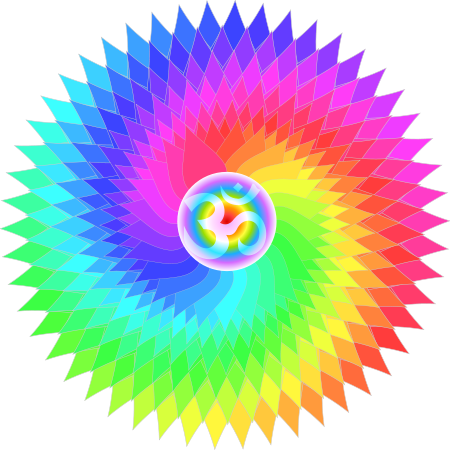 The crown chakra or Sahasrar is the highest chakra or energy vortex of the soul associated with the physical body, it is pure consciousness. It is located at the top of the head, hence the title – Crown Chakra. Through this chakra the energy of the soul is funneled into the realm of physicality. At this point the light is vast in all of us but more visible and workable in the world in those who are awakened or enlightened like Gurus, Shaman, Saints, Avatars and Sages. According to the Vedic texts this chakra is a huge lotus flower with thousands of petals. In the unenlightened the flower is closed, in the enlightened it opens. But don’t just listen to the texts go and seek an experience of this and the other chakras by meditation or breath yoga. Find a really good path of study with great teacher.
The crown chakra or Sahasrar is the highest chakra or energy vortex of the soul associated with the physical body, it is pure consciousness. It is located at the top of the head, hence the title – Crown Chakra. Through this chakra the energy of the soul is funneled into the realm of physicality. At this point the light is vast in all of us but more visible and workable in the world in those who are awakened or enlightened like Gurus, Shaman, Saints, Avatars and Sages. According to the Vedic texts this chakra is a huge lotus flower with thousands of petals. In the unenlightened the flower is closed, in the enlightened it opens. But don’t just listen to the texts go and seek an experience of this and the other chakras by meditation or breath yoga. Find a really good path of study with great teacher.
My own experience of the crown chakra was extraordinary and very enlightening about my beingness. I was sitting by a fire once chanting a beautiful ancient text called the Rudrum. In front of me was a massive bonfire, the wood crackled and spit and sparks flew out of the fire and raced into the vast deep black sky, filled with many layers of stars, above me. The sparks and stars were merging. My awareness shifted and the sparks seem to come up from within the core of myself to pass through my head and fly off into the stars. This stretched my awareness to include all that movement and the entire sky. Suddenly I felt my crown chakra open, it was like a flower opening almost instantly in a spiral motion and the petals as they popped open made a fluttering sound. This was a huge feeling. Once opened this chakra which was located at the top of my head fell with a thunk into my upper heart and rested behind my sternum on the heart chakra fully open. I sat on the soft supportive grass fully grounded from my heart down and from my heart up I contained the universe. That vast sky, the sparks, all eternity was contained within me. This is the gateway to our divinity it is no wonder that we need to honor that aspect of ourselves to welcome and share the specialness of that inner window.
The extraordinary significance of these chakras can only be hinted at by symbology and esoteric description, personal experience is best though illusive. There are sounds, frequencies, colors, aspects of our daily lives, moods and relationships associated with all of the chakras. The energetic system by which these chakras is connected is profound and somewhat complex but this is what we are made of and therefore it is important to explore this knowledge with great reverence. It is sacred knowledge about our sacred vehicle. But my intent is to look at the expression of the nature of our chakras in the traditional adornments and robes of people worldwide. So back to reflections of the Sahasrar.
When Kings and Queens wear crowns they are honoring that inner authority of the divine impulse and wisdom. Unfortunately the deep understanding and connection to that idea has been lost for many generations leading to great misfortune for many royals and their people. But the legends of old in all cultures speak of generations of kings that were also great sages and so functioned with full knowledge of the sacredness of their duty. The radiant nature of this chakra is also apparent in the choice of a white veil for a bride. Here the idea is to express the purity, innocence and honor associated with the awakened nature of this chakra. A shaman or chief who wears a feather bonnet reflects again the authority of the enlightened nature of one who has a fully opened crown chakra. In his case wisdom and the accomplishment of many brave or good deeds are displayed in the brilliant array of feathers. A contrary response to the brilliance of the crown chakra can be found in the sometimes enforced use of veils, bonnets and hats. The need to cover ones shining wholeness, radiance and beauty may be protective, or some form of resistance to the glory inherent in all of us. Counter to that modest impulse are head adornments like the Nigerian ladies head wraps made of stiff and sparkling silks which when tied in exotic ways and splayed fan like frame the face like any classic halo.
Many of these head ornaments are a physical expression of the halo which goes all the way back to Greek history and is represented in all cultural iconography. Other names for the ring of light around the head are nimbus, aureole, glory and gloriole (according to wikipedia). Through all forms of Western religious art these halos or rings of light are represented around the head. They are associated most often with the holy and with kings. In Asian art the light may be represented as flames which may even extend around the whole body. This vision of the light corona of the entire body is known as the Mandoria and is also sometimes seen in Christian Iconography.
Here is a representation from wikipedia of the crown chakra that most interestingly expresses the movement of the opening of the crown chakra quite brilliantly. It is amazing how eloquent and relevant symbols can be. Often the deeper knowledge can be accessed by just looking at them.
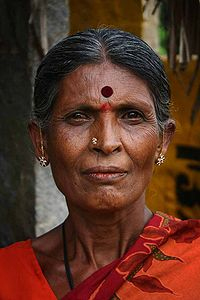
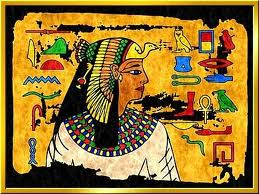 OK, it’s true, I am very undisciplined about this blog but here we finally are now thinking about the next part of the Sacred temple. We are working down from the crown.
OK, it’s true, I am very undisciplined about this blog but here we finally are now thinking about the next part of the Sacred temple. We are working down from the crown.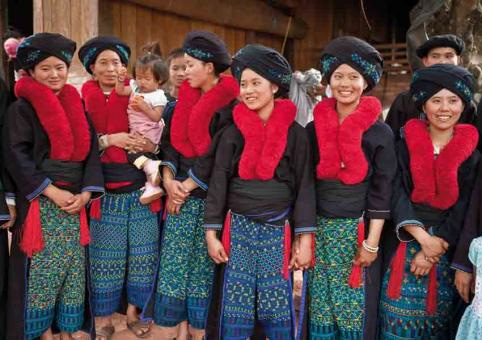
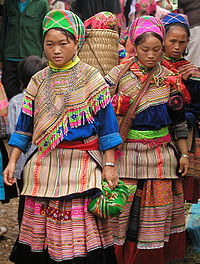
 The crown chakra or Sahasrar is the highest chakra or energy vortex of the soul associated with the physical body, it is pure consciousness. It is located at the top of the head, hence the title – Crown Chakra. Through this chakra the energy of the soul is funneled into the realm of physicality. At this point the light is vast in all of us but more visible and workable in the world in those who are awakened or enlightened like Gurus, Shaman, Saints, Avatars and Sages. According to the Vedic texts this chakra is a huge lotus flower with thousands of petals. In the unenlightened the flower is closed, in the enlightened it opens. But don’t just listen to the texts go and seek an experience of this and the other chakras by meditation or breath yoga. Find a really good path of study with great teacher.
The crown chakra or Sahasrar is the highest chakra or energy vortex of the soul associated with the physical body, it is pure consciousness. It is located at the top of the head, hence the title – Crown Chakra. Through this chakra the energy of the soul is funneled into the realm of physicality. At this point the light is vast in all of us but more visible and workable in the world in those who are awakened or enlightened like Gurus, Shaman, Saints, Avatars and Sages. According to the Vedic texts this chakra is a huge lotus flower with thousands of petals. In the unenlightened the flower is closed, in the enlightened it opens. But don’t just listen to the texts go and seek an experience of this and the other chakras by meditation or breath yoga. Find a really good path of study with great teacher.